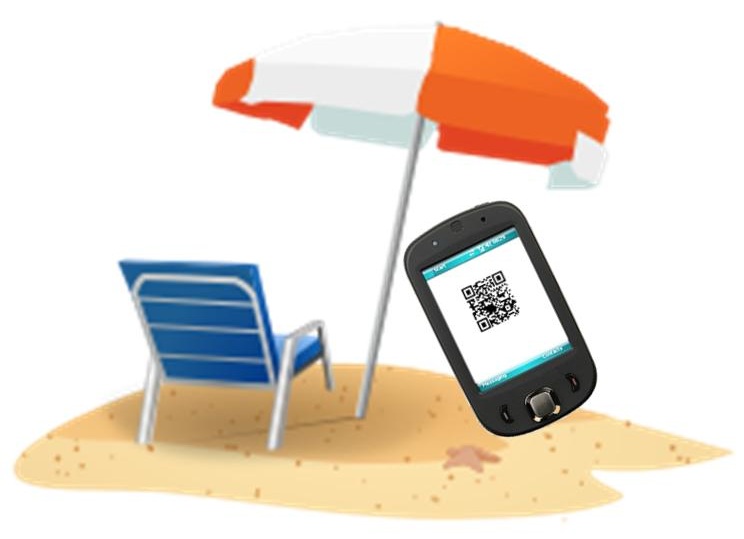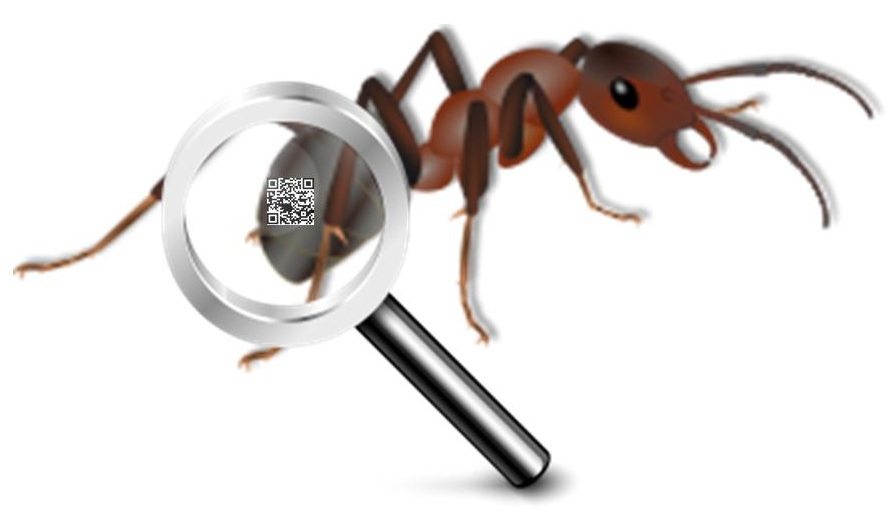
The Sharbot Lake beach in Ontario, Canada will soon become much more smartphone friendly.
QR codes and free WiFi are about to bring a beach on Sharbot Lake into the 21st century, as Central Frontenac Township takes steps to add a more enjoyable and enhanced experience for visitors using high tech methods.
The beach will be only the first recipient of the high tech benefits in the area.
According to Mayor Janet Gutowski, as per a report from the Economic Development Committee, on the meeting of the council in Sharbot Lake, the committee was making the recommendation to use QR codes to help the township to draw attention to its points of interest so that they would be easier for visitors to find.
The QR codes will be scanned by the visitors so that they can learn more about what they can do in the area.
Visitors will be able to use their smartphones in order to scan the QR codes using any free scanner app. This, in combination to the free WiFi that will be available to those visitors, will allow them to instantly access the content that has been created to promote the township and many of the points of interest that visitors might otherwise miss.
According to Gutowsky, the QR codes will also provide smartphone users with other tourist information, such as the suggested starting points for the Sharbot Lake Historical Walking Tour. She pointed out that it is expensive to create and maintain signage, but that the barcodes aren’t, and that they “can be used by all sorts of devices such as smart phones and tablets.”
She also went on to point out that “We’ve been looking for inexpensive ways to highlight our points of interest and thought we’d start with the Sharbot Lake walking tour.” Moreover, she identified a number of other benefits of using the QR codes other than their low associated cost, and that is the quantity of information that they can provide to the scanner.
She said that far more information can be presented through the scans of QR codes than could ever be posted on a sign. Moreover, they are also environmentally friendlier, as they don’t require paper pamphlets that “end up as litter on the side of the road.”
 Barcoded insects were followed with a computer to better understand their social structure.
Barcoded insects were followed with a computer to better understand their social structure.
The results of a recent study from researchers at the University of Lausanne in Switzerland have just been released, revealing a very unique use for QR codes, a form of barcode that is typically seen on product labels and in print advertising, not on the backs of insects.
A colony of ants had its members labeled so that their behaviors could be accurately tracked.
The research started with the application of QR codes to the backs of over one hundred ants within a lab. The paper containing the results of the study were published in the journal called Science. Within it, the Swiss researchers detailed their 41 days of tracking of the lives of the individual ants so that they could develop a better understanding of their social structure.
This is quite a unique use for QR codes, but is a part of an increasing trend to apply it to alternate uses.
The research used the QR codes to generate more than 2.4 billion readings, which produced a record of over 9.4 million different interactions among the ant colony members. When analyzed through a computer, it revealed that up to 40 percent of the worker ants had the specific activity of caring for the queen of the colony, as well as her babies that had just recently been born. Another 30 percent of the colony’s workers were recorded to have been responsible for colony housecleaning. The remaining 30 percent foraged for food to feed all of the ants.
What the QR codes allowed the researchers to determine was the progress of an individual ant’s life. They discovered through the barcodes that any single ant did not necessarily keep the same job throughout its entire lifetime. They progress from one task to the next as they age. Though the typical progression was from caretaker of the queen and her offspring, to cleaner, to forager for food, there was deviation among this trend as there were younger ants who foraged and older ones who were caretakers.
Without the QR codes, the researchers did not have any other way to examine the individual lives and social interactions of the ants. This way, they could monitor what they individuals did throughout their lives instead of watching the colony as a whole.


 Barcoded insects were followed with a computer to better understand their social structure.
Barcoded insects were followed with a computer to better understand their social structure.